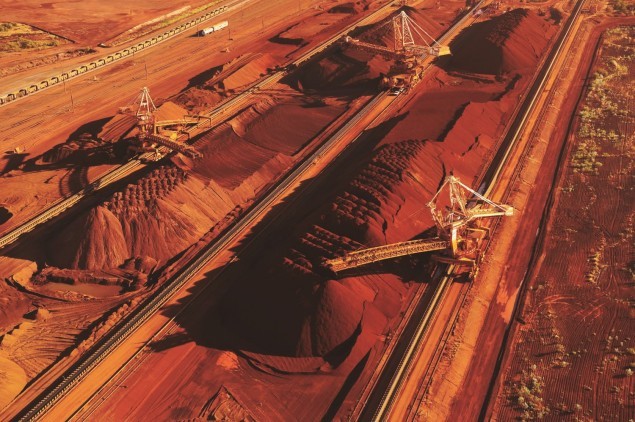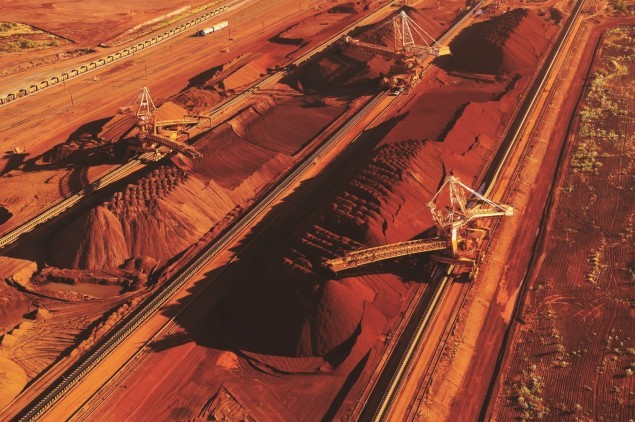- Despite the raging COVID-19 pandemic, Australia recorded its largest-ever trade surplus over 2019-2020 according to the latest data from the Australian Bureau of Statistics
- The ABS data said goods exports underpinned this growth, up by $9.29 billion or 2.5 per cent over the financial year
- Western Australia’s resource sector was a major catalyst for last year’s international trade success
- WA’s worldwide exports increased by 13.3 per cent over the 2020 financial year, despite declines in exports by most other States and Territories
- Iron ore was the biggest WA export, but the spot price of the metal is expected to fall dramatically before the end of the year, according to the Federal Government
Despite the raging COVID-19 pandemic, Australia recorded its largest-ever trade surplus over 2019-2020 according to the latest data from the Australian Bureau of Statistics.
Over the 2020 financial year, Australia’s trade surplus was a whopping $77.4 billion. This is a $28.3 billion increase on the 2019 financial year surplus of $49.1 billion.
The ABS data said goods exports underpinned this growth, growing by $9.29 billion or 2.5 per cent.
In the month of June alone, Australia’s trade surplus grew by $861 million to $8.2 billion.
Federal Trade Minister Simon Birmingham said the new data proves the resilience of the Australian export sector in the face of the global pandemic.
“Despite the ongoing domestic and international challenges, Australian exporters across a range of sectors like resources, agriculture and advanced manufacturing continue to withstand global economic shocks and remain highly sought after in our key markets,” Minister Birmingham said.
WA holding the fort
A major catalyst for the continued international trade success is Western Australia’s prolific resources sector.
WA’s worldwide exports increased by 13.3 per cent over the 2020 financial year, despite most other States and Territories seeing exports decline over this period.
Iron ore and the larger resources sector have been the catalysts for WA’s export success, with demand for the material under WA soil remaining strong despite the pandemic.
While China and Australia’s trade relationship has recently been under stress with new barley and beef tariffs, the Eastern giant still accounts for most of our exports, with more than half of all WA exports heading China’s way over the 2020 financial year.
What’s more, the next highest importer of WA goods was Japan, but the country only accounted for 12.3 per cent of total WA exports.
Small silver linings
The strong export data is a welcome ray of hope in the COVID-19 era, but it may not be enough to offset the heaviest economic damage from the virus.
This morning, Prime Minister Scott Morrison warned that the government expects between $7 billion and $9 billion to be wiped from Australia’s GDP over the September quarter.
This is more than double the original estimate of around $3.3 billion GDP decline. The steepened figure comes in light of the new Victorian lockdown restrictions and Queensland’s and New South Wales’ border closures.
“The additional restrictions in Victoria in August and September is estimated to reduce the size of the real economy, real GDP in the September quarter by between $7 billion and $9 billion,” the Prime Minister said.
Nevertheless, if WA’s exports can hold steady as they did over the last financial year, they could play a key role in minimising the economic damage from the coronavirus.
Of course, the price of iron ore will play a big part in the export sector’s continued success. Overnight, the metal’s spot price hit a one-year high of US$118 per tonne.
However, in the June Budget update, the Federal Government warned the price of iron ore could retreat to as low as US$55 per tonne before the end of the year.








